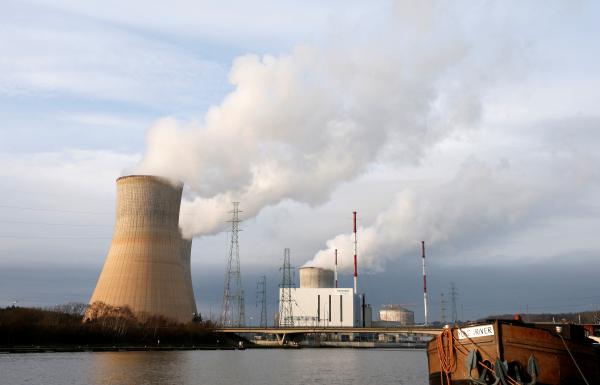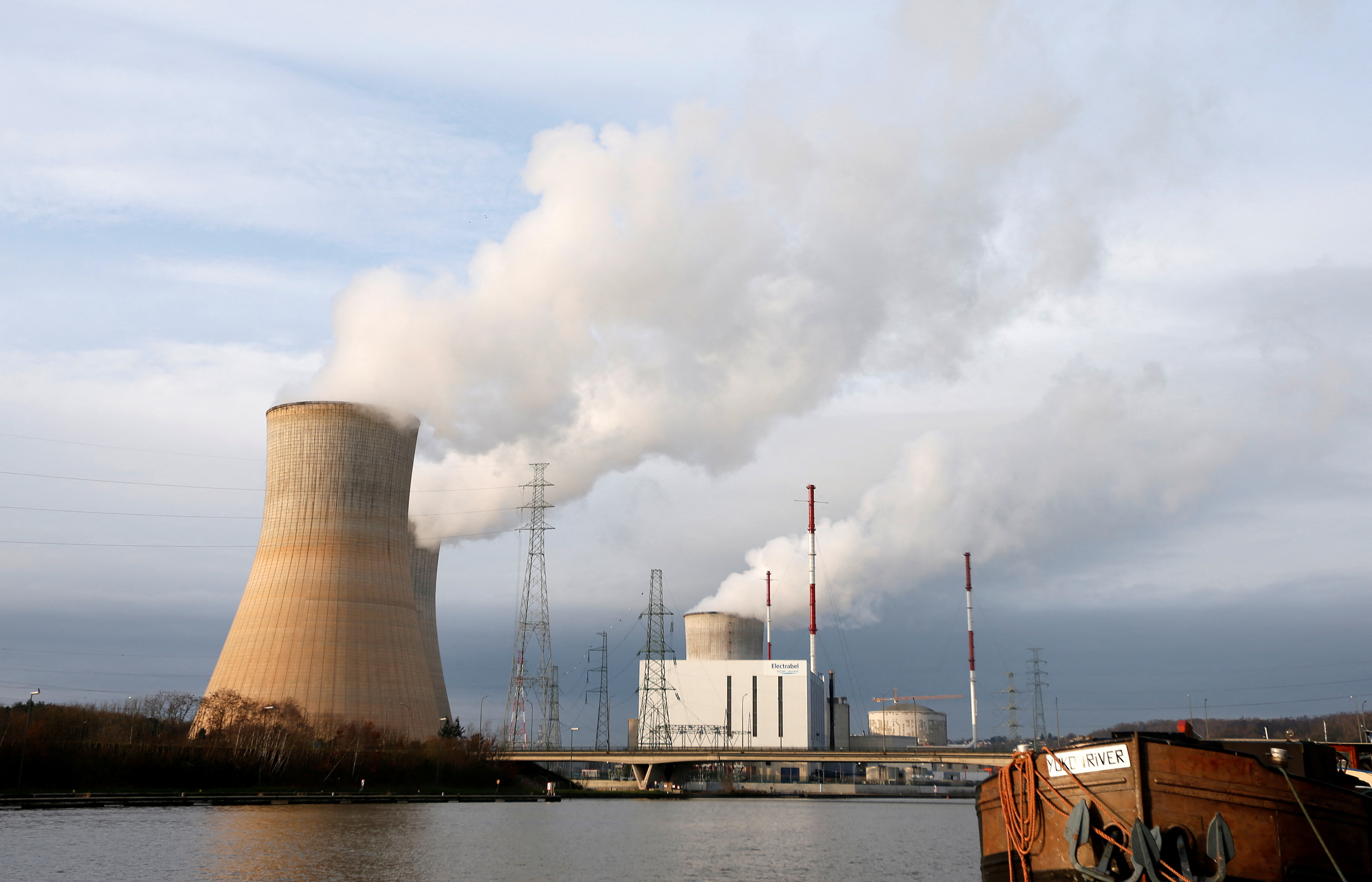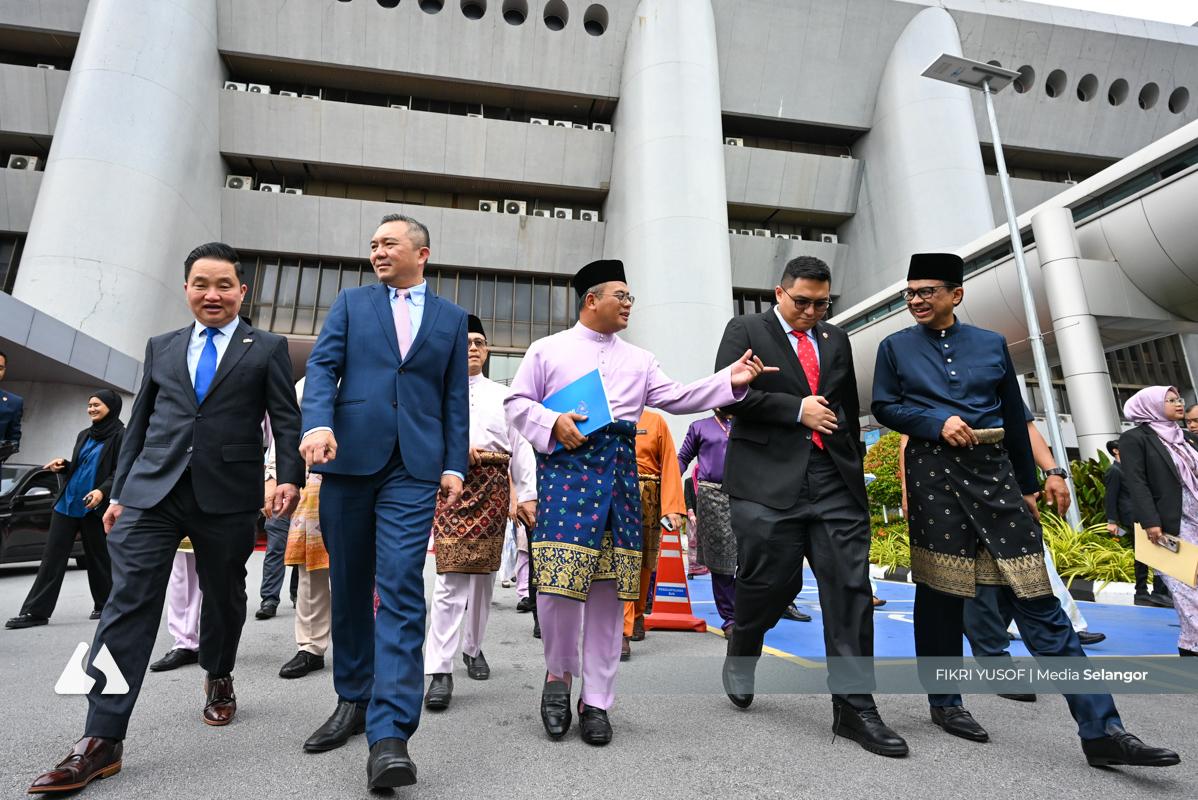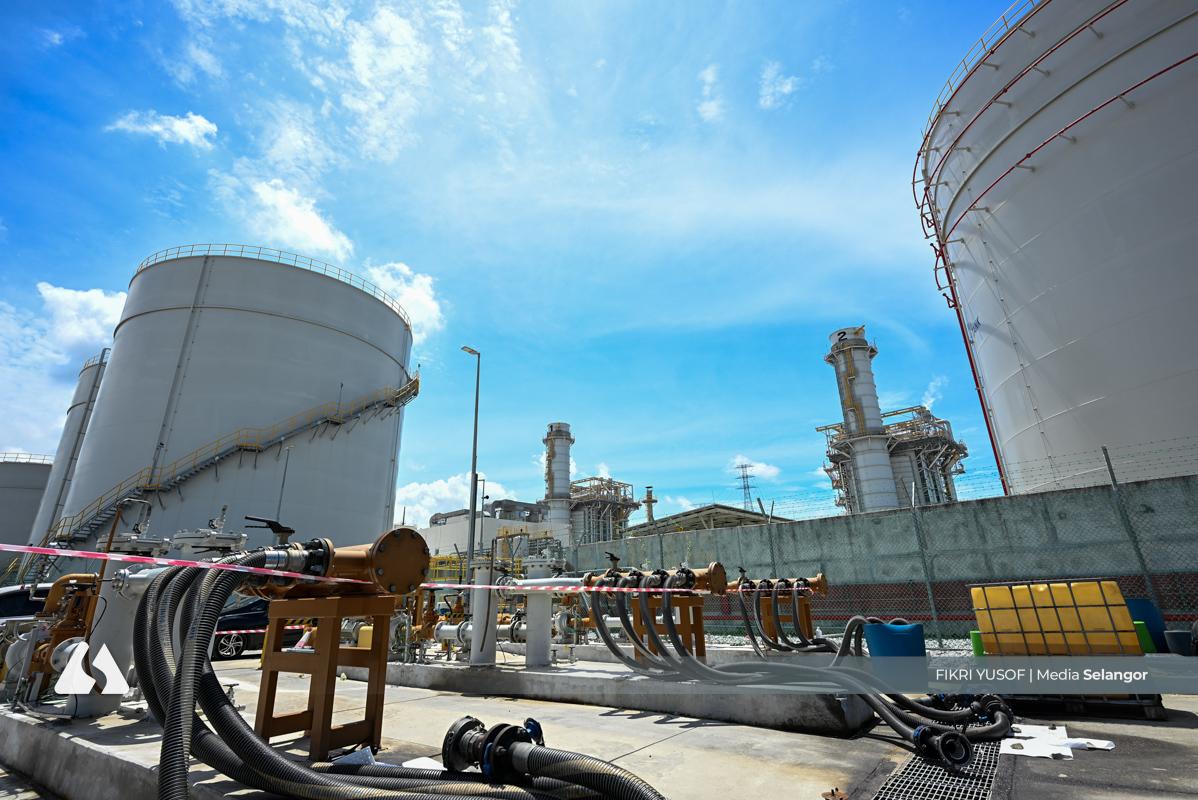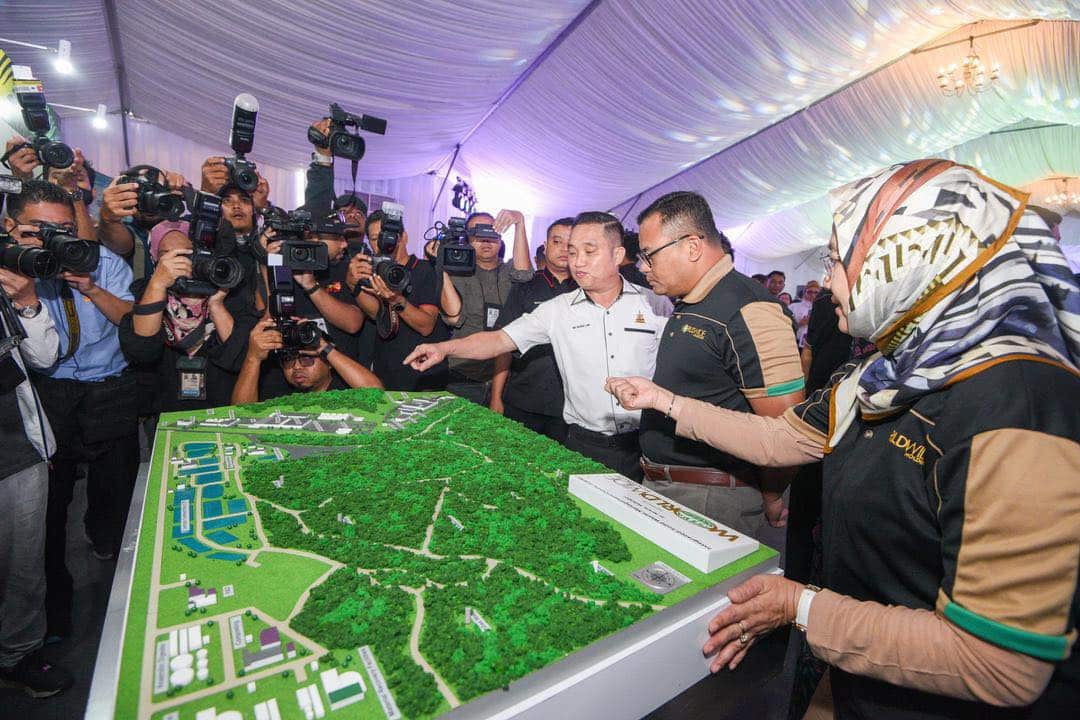SHAH ALAM, Nov 14 — The Selangor government will establish a Joint Working Committee on Nuclear Energy to evaluate the feasibility and effectiveness of using nuclear power, taking into account the latest technological developments.
Menteri Besar Dato’ Seri Amirudin Shari said the state is committed to sustainable development and is actively exploring renewable and clean energy sources.
“These efforts are not only crucial for opening new investment opportunities but also for raising public awareness of the importance of sustainable energy for future generations,” he said when tabling the 2026 Selangor Budget in the State Legislative Assembly today.
Amirudin added that the state government is also mindful of the high energy demands of data centres, which require continuous IT operations and cooling systems.
To manage this, it will prioritise local industrial data usage over export-oriented data centres, and will diversify its energy sources, including the Pulau Indah Power Plant (PIPP) and the nearly-completed waste-to-energy plant in Jeram.
“To kickstart this effort, the government will form the Selangor Joint Working Committee on Nuclear Energy to assess the viability of nuclear power while considering technological advancements in this sector,” he said.
Amirudin also announced a collaboration with China General Nuclear (CGN) to provide scholarships to 25 Selangor students pursuing undergraduate, Master’s, and PhD studies at leading Asian institutions, including Harbin University and Tsinghua University in China.
CGN will contribute RM3.7 million to the collaboration, while the state government will allocate RM1 million.
These announcements followed his recent visit to the Daya Bay Nuclear Power Plant in Shenzhen, Guangdong, China’s first commercial nuclear plant, which has been operational since 1994 with a capacity of nearly 2,000 MW.
It generates more than 15 billion kWh of electricity annually, meeting the province’s power needs and about 25 per cent of Hong Kong’s electricity demand.
“This visit opened my eyes to a deeper understanding of clean energy technology and the potential for cooperation in training and research.
“The Daya Bay Nuclear Power Plant also serves as a reference for nuclear energy development in the Asian region and stands as an icon of modern energy,” he said.


